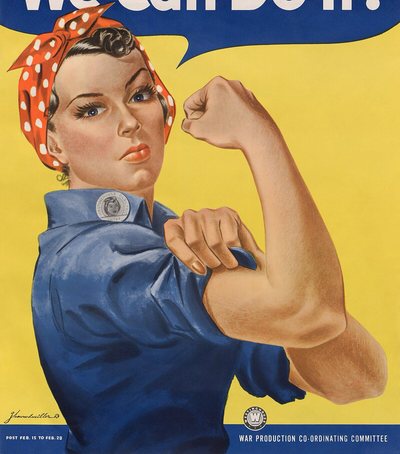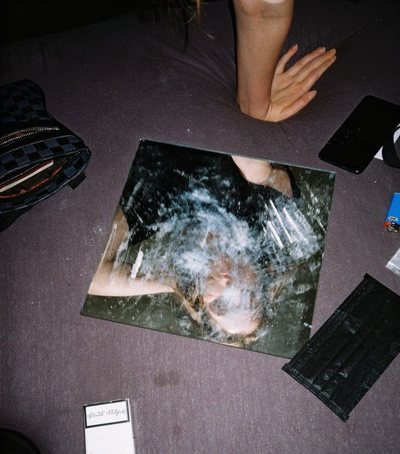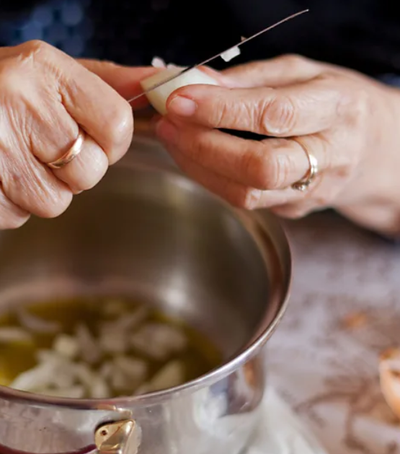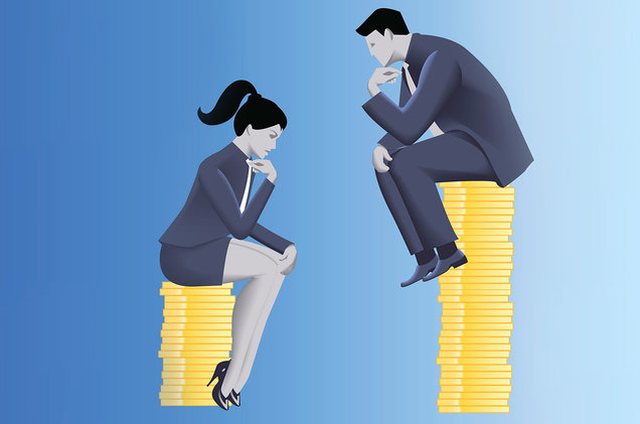
During 2018, the gender pay gap indicator in Albania showed a difference of 10.7%, which means that women are paid 10.7% less on average than men.
Albania ranks seventh compared to EU member states in this indicator.
However, in 2014, the earliest year that INSTAT published data on this indicator, the gap between a woman's and a man's salary was 10%. That is, for every 100 leks a man earns, one woman receives 90 leks. Inequality deepened throughout 2015 and 2016, where the indicator stood at 11.47% and 11.44%, respectively.
The gender pay gap shows the difference between a man's gross salary and that of a woman. According to a Eurostat estimate, women work for free for two months each year, compared to a male. In other words in the EU women are paid 84 cents for every 1 euro paid by a man.
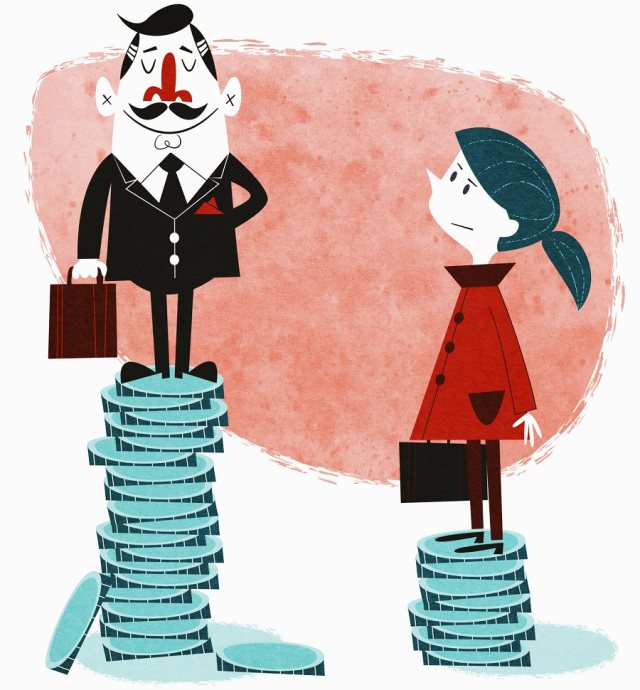
Eurostat has estimated that there has been very little progress in mitigating this gap in recent years.
According to Eurostat data, the lowest gender pay gap is recorded in Romania at 3.5%. Followed by Luxembourg and Italy with 5%, followed by Belgium with 6%, Poland with 7.2% and Slovenia with 8%.
In the European Union, according to Eurostat, the average gender wage gap is estimated at 16%.
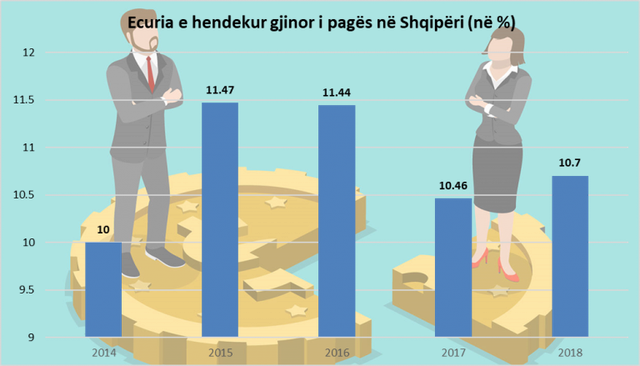
On the other hand, Estonia is the country with the highest wage gap. So the difference between a man's and a woman's salary there is 25.6%. Also in the United Kingdom, Germany and the Czech Republic, the gender pay gap is estimated to be higher than 20%.

The gender pay gap is an indication of the overall labor inequality between women and men. In countries where the employment rate is low, the wage gap should be lower than average. The high wage gap is usually characteristic of a job market in which women are concentrated in certain sectors or occupations, or in which a significant proportion of women work part-time.
Source: Monitor

